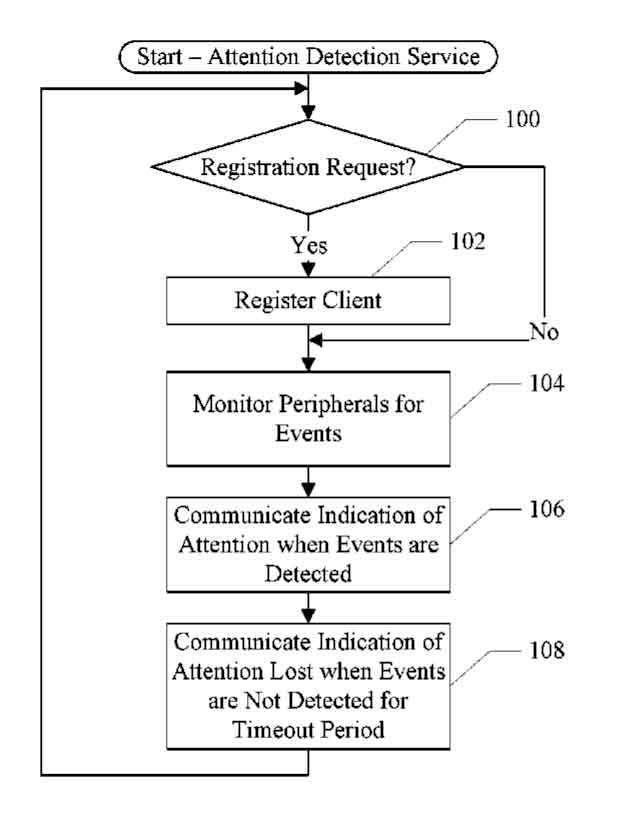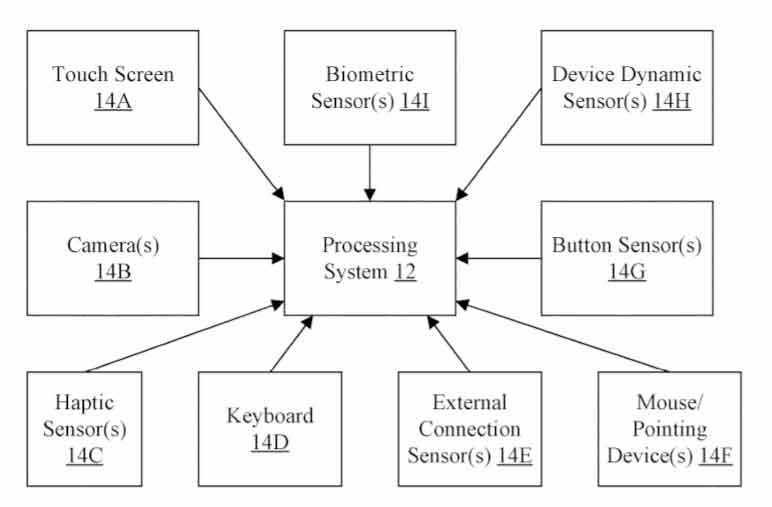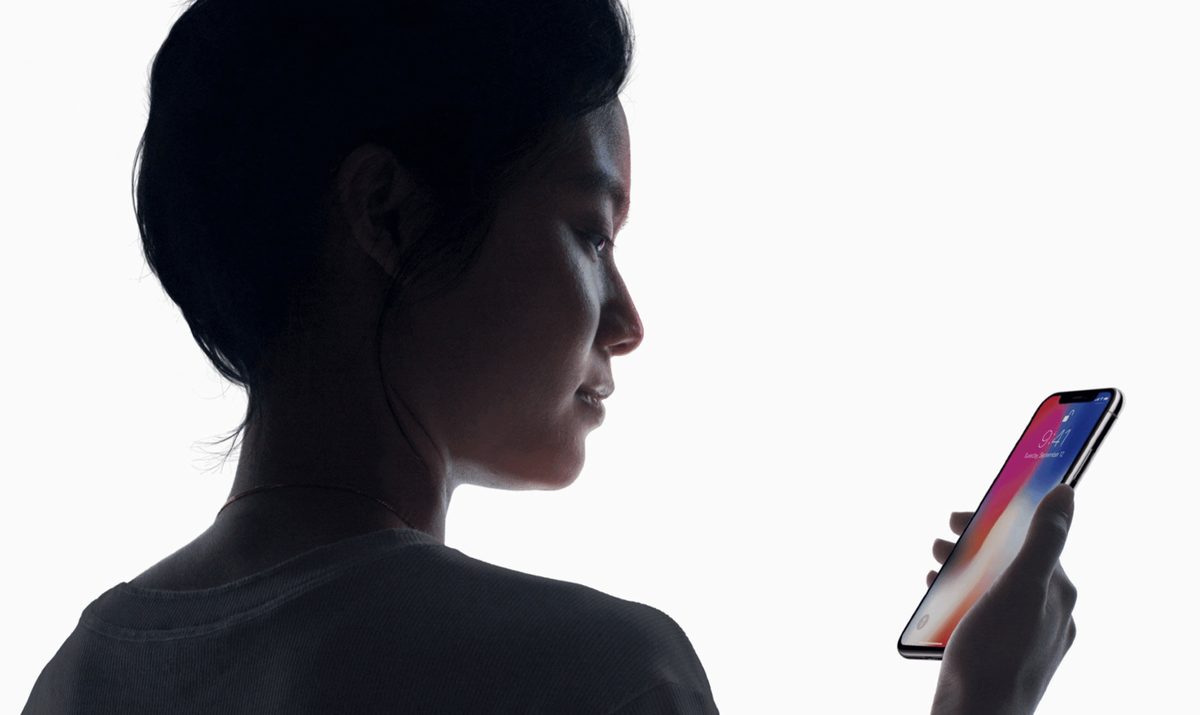Apple makes a tremendous effort to include new capabilities into each generation of the iPhone in order to maintain your smartphone in the competitive position it has now. The iPhone is an important element in Apple’s plan, not just because of the phone itself, but also because of the iOS App Store revenues.
As a result, it’s typical for Apple to file patent applications on a regular basis, which may turn out to be part of future iPhone features. It’s always fascinating to keep an eye on the patent office, since Apple’s engineers are constantly developing something new.
A new patent registered by the company has surfaced. Its function is to make the iPhone capable of detecting if the user is looking at it. The abstract for the patent application claims:
“The attention detection service may monitor various peripheral devices in the device for indications that a user is paying attention to the device,” says the patent. “Typically, mobile devices are designed to operate from a mobile power source such as a battery… Accordingly the energy is a scarce resource that is desirable to conserve.”
As a result, Apple’s proposal is one that is attentive to the user’s actions and that, if it determines the user isn’t paying attention, can switch off the screen to save energy and extend the length of time spent.
This is the patent’s operating scheme:
 The components of the iPhone that might be utilized for attention detection are listed in Apple’s request. According to it, there are both internal and external components (mice, keyboards, etc.), up to eight sensors to detect if the user has left the phone and thus whether it needs charging. To reduce energy consumption, it’s a good idea to turn off the screen.
The components of the iPhone that might be utilized for attention detection are listed in Apple’s request. According to it, there are both internal and external components (mice, keyboards, etc.), up to eight sensors to detect if the user has left the phone and thus whether it needs charging. To reduce energy consumption, it’s a good idea to turn off the screen.
 Other purposes are also possible, according to Apple. This may help prevent the device from being over-processed and overheated, since energy consumption is directly linked with this.
Other purposes are also possible, according to Apple. This may help prevent the device from being over-processed and overheated, since energy consumption is directly linked with this.
For example, if a person is recording a podcast on their iPhone and sets it down on the table, the software may infer that you’re just using the microphone and that it’s okay to dim the screen. The patent focuses on how various sensors such as attention detection, touch panels, and others can determine what a user is doing and power down a device when it’s not in use.
However, this function will not be available on the iPhone 13, but it may appear in its future sequel, the iPhone 14.





